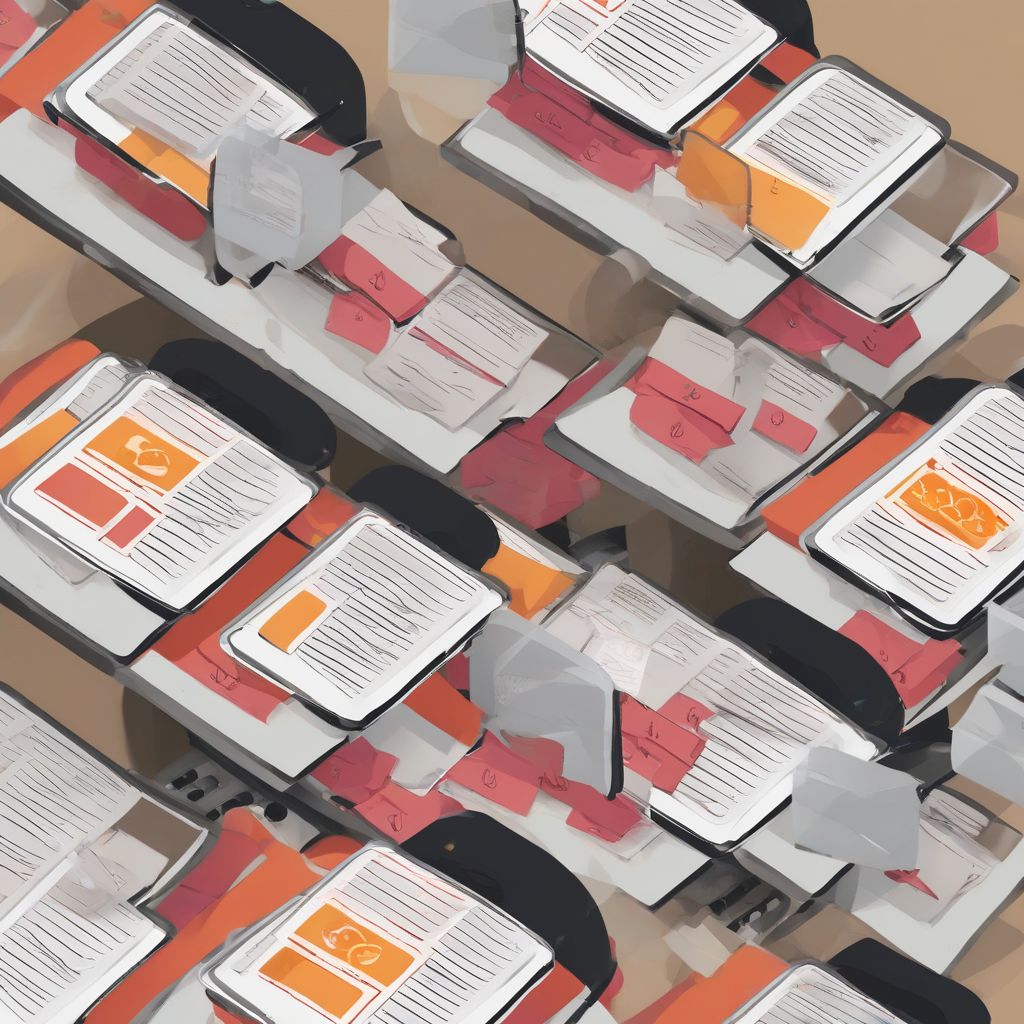Safeguarding Your Inbox: A Deep Dive into Spam Filters for Exchange

In today’s digital landscape, email remains a cornerstone of communication for businesses of all sizes. Yet, this vital channel is under constant threat from spam, phishing attempts, and malware. This is where the robust protection of Spam Filters For Exchange servers comes into play, acting as a critical line of defense for your organization’s inbox.
Understanding the Importance of Spam Filters For Exchange
Microsoft Exchange Server, a widely used email platform, offers a comprehensive suite of communication and collaboration tools. However, its popularity also makes it an attractive target for spammers and cybercriminals.
Spam filters specifically designed for Exchange offer a tailored approach to combat these threats. They employ a range of techniques, including:
- Content Filtering: Analyzing the content of emails for suspicious keywords, phrases, and patterns associated with spam.
- Sender Policy Framework (SPF): Verifying the sender’s email address to prevent email spoofing.
- DomainKeys Identified Mail (DKIM): Adding a digital signature to emails to ensure authenticity and prevent tampering.
- Blacklist and Whitelist Management: Blocking emails from known spam sources while prioritizing trusted senders.
- Machine Learning: Adapting and learning from new spam patterns to continuously improve detection accuracy.
yeucaymongbo.site/wp-content/uploads/2024/08/spam-filter-exchange-66b6da.jpg" alt="Spam Filter for Exchange" width="1024" height="1024">Spam Filter for Exchange
Navigating the World of Spam Filters For Exchange: Your Questions Answered
Choosing the right spam filter for your Exchange server can seem daunting. Here are answers to common questions to guide your decision:
1. What are the different types of spam filters available for Exchange?
- On-Premises Spam Filters: Installed directly on your Exchange server or within your network, offering granular control and customization.
- Cloud-Based Spam Filters: Hosted on the provider’s servers, requiring minimal maintenance and offering scalability.
- Hybrid Solutions: Combining on-premises and cloud-based filtering for a multi-layered approach.
2. What features should I prioritize when evaluating spam filters for Exchange?
- High Spam Detection Rate: Look for filters with a proven track record of accurately identifying and blocking spam.
- Low False Positive Rate: Ensure the filter doesn’t mistakenly flag legitimate emails as spam.
- Ease of Management: Choose a solution with a user-friendly interface for configuration and reporting.
- Scalability: Select a filter that can grow with your organization’s needs.
- Integration with Exchange: Seamless integration with your existing Exchange environment is crucial for optimal performance.
3. How can I prevent legitimate emails from being marked as spam?
- Maintain a Clean Email List: Regularly remove invalid or inactive email addresses.
- Use Double Opt-In for Subscriptions: Require users to confirm their subscription to minimize spam complaints.
- Monitor Your Filter’s Quarantine: Periodically review quarantined emails to ensure legitimate messages aren’t being blocked.
Beyond the Basics: Best Practices for Spam Protection
Implementing a robust spam filter is just the first step. Consider these additional strategies to fortify your Exchange server’s defenses:
- Educate Your Users: Train employees to recognize and avoid phishing scams and other email threats.
- Implement Email Authentication Protocols: Enforce SPF, DKIM, and DMARC (Domain-based Message Authentication, Reporting, and Conformance) to enhance security.
- Keep Software Updated: Regularly update your Exchange server and spam filter software to patch vulnerabilities.
- Establish a Strong Password Policy: Enforce complex passwords and encourage regular password changes.
- Consider Multi-Factor Authentication (MFA): Add an extra layer of security by requiring users to provide a second form of verification, such as a code from their smartphone.
Conclusion
Protecting your Exchange server from spam and email-borne threats is not optional; it’s a necessity in today’s digital landscape. By carefully selecting and implementing a robust spam filter and following best practices, you can significantly reduce the risk of spam, phishing attacks, and malware infections, safeguarding your organization’s communications, data, and reputation. Remember, staying informed about the latest threats and security measures is an ongoing process.


Leave a Comment